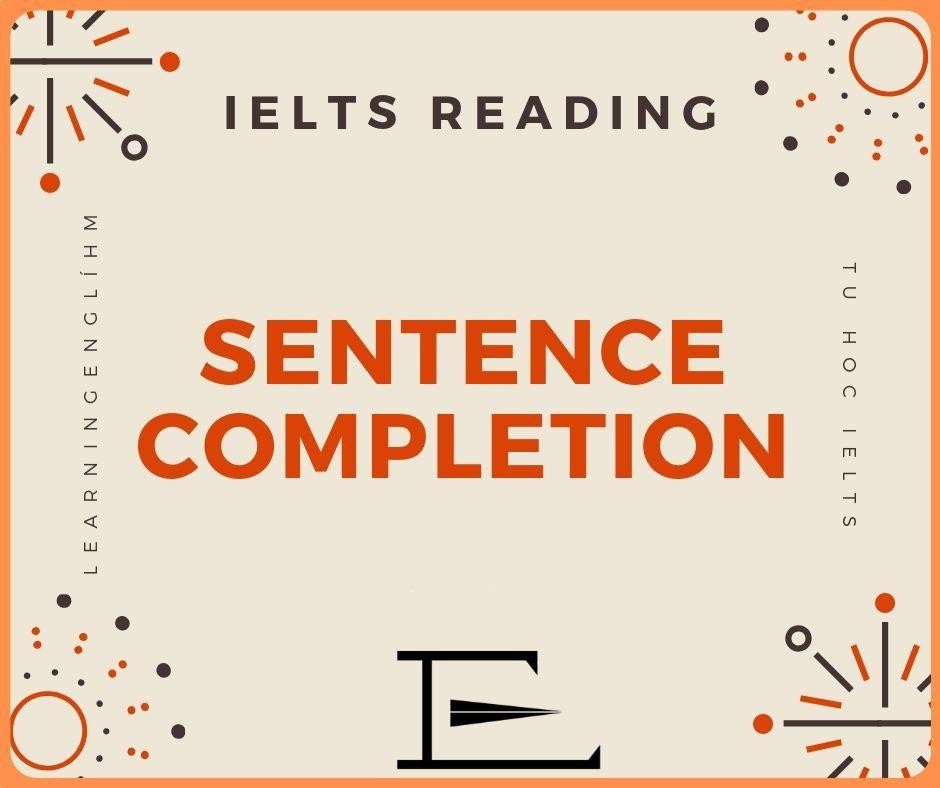Free Course (Reading) Module
Lesson 5: Summary Completion Question

Summary Completion Questions are a type of question that you might encounter in the IELTS reading test. These questions require you to read a passage and then complete a summary of that passage by filling in the missing words.
In a Summary Completion Question, you will typically be given a summary statement with a few words missing, and you will need to fill in the gaps with words from the passage. The missing words might be nouns, verbs, adjectives or adverbs. You may also be required to fill in more than one missing word in a single gap.
To answer a Summary Completion Question effectively, you need to read the passage carefully and identify the key points. This may involve skimming the passage first to get a general idea of what it is about, and then scanning the passage to find specific information that can help you complete the summary.
It is important to pay attention to the words around the gaps in the summary statement, as these can give you clues as to what type of word is required. You should also look for synonyms and paraphrases of the missing words in the passage.
Overall, Summary Completion Questions test your ability to understand the main ideas and details of a passage and to use this information to complete a summary. With practice, you can develop the skills you need to answer these questions effectively and achieve a high score in the IELTS reading test.
How to solve the module
Here's a step-by-step guide on how to solve Summary Completion Questions in the IELTS Reading test while incorporating the following ideas:
- Skim the passage: Before you start answering the questions, skim through the passage to get a general understanding of the topic and main ideas. Pay attention to headings, subheadings, and any bold or italicized words that may indicate important information.
- Read the summary: Carefully read the summary statement with the missing words to understand what it's asking you to do. Take note of the main ideas and supporting points mentioned in the summary.
- Read the questions: Read the questions related to the summary statement to understand what specific information you need to find in the passage.
- Scan for specific information: Go back to the passage and scan for specific information related to the missing words in the summary. Look for words, phrases, or sentences that convey the same meaning as the words missing from the summary. Pay attention to signal words, such as "however," "although," "likewise," etc., that indicate contrast or similarity between ideas.
- Understand ideas and supporting points: Make sure you understand the ideas and supporting points presented in the passage. This will help you identify the most appropriate words to fill in the gaps. Remember to consider the context and the overall meaning of the passage when selecting words to fill in the gaps.
- Select appropriate words: Based on the information you've gathered from the passage, select appropriate words to fill in the gaps. Ensure that the words you select fit grammatically and convey the correct meaning. Pay attention to the word count for each gap and ensure that you have filled in the correct number of words.
- Review your answers: Once you have filled in all the gaps, review your answers to ensure they make sense in the context of the passage and the summary statement. Make any necessary corrections to improve the clarity and accuracy of your answers.
Note: By following these steps, you can effectively solve Summary Completion Questions in the IELTS Reading test. Remember to practice regularly and develop your scanning and comprehension skills to improve your speed and accuracy.
Example of the module
Climate Change and Its Impacts
Climate change is one of the most pressing issues facing our planet today. It refers to the long-term changes in global temperatures, precipitation patterns, and sea levels caused by human activities such as burning fossil fuels, deforestation, and industrialization. These activities have led to an increase in the concentration of greenhouse gases, primarily carbon dioxide, in the atmosphere.
The effects of climate change are already being felt around the world. Rising temperatures have led to more frequent heatwaves, droughts, and wildfires. Changing precipitation patterns have resulted in more frequent and intense floods, storms, and hurricanes. Melting glaciers and ice caps are causing sea levels to rise, threatening low-lying areas and coastal cities with flooding and erosion.
The impacts of climate change are not limited to the environment. They also have significant social and economic consequences. Climate change can exacerbate existing social inequalities, particularly in developing countries where people are more vulnerable to the impacts of extreme weather events. It can also lead to food and water scarcity, displacement, and migration.
To address the challenges posed by climate change, a concerted global effort is needed. Governments, businesses, and individuals must work together to reduce greenhouse gas emissions, promote sustainable practices, and adapt to the changing climate. This will require innovative solutions, significant investments, and changes in behaviour and lifestyles.
In conclusion, climate change is a global problem that requires immediate action. The impacts of climate change are far-reaching and will affect all aspects of our lives. It is our responsibility to take action now to ensure a sustainable future for ourselves and future generations.
Summary statement: Climate change is a serious issue that has a wide range of impacts on the environment, society, and the economy.
Complete the summary by filling in the missing words:
Climate change is caused by human activities that lead to an increase in the concentration of (1)____ in the atmosphere. The effects of climate change include rising temperatures, changing precipitation patterns, and (2)____ levels. Climate change also has social and economic impacts, including exacerbating social inequalities, food and water scarcity, and (3)____.
Answer:
greenhouse gases
sea
displacement
Expert tips for the module
- Understand the summary's main idea before attempting to solve the task
- Highlight keywords and signpost words to navigate the passage
- Assume the answer in your mind to consider required grammatical accuracy
- Locate answers using the highlighted content, but do not exceed the word limit
- Read the heading of the incomplete text to understand what it is about
- Decide what type of word is required for each gap and do not repeat supplied information
- Use the word form exactly as presented in the passage
- Check how many words can be used for each answer and remember that answers usually come in order
Next Lessons
Previous Lessons
Speaking Services
starts from $1
culpa id cupidatat et dolore est sint voluptate irure incididunt tempor ex est labore dolor commodo amet voluptate qui incididunt cillum occaecat cupidatat
Assess NowWriting Services
starts from $1
culpa id cupidatat et dolore est sint voluptate irure incididunt tempor ex est labore dolor commodo amet voluptate qui incididunt cillum occaecat cupidatat
Assess Now

